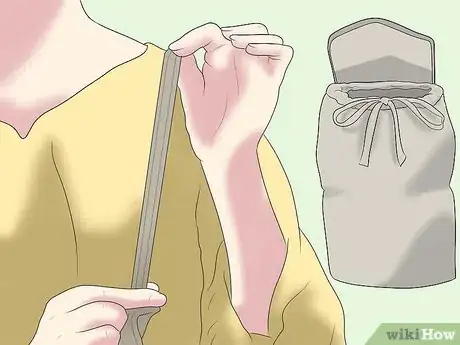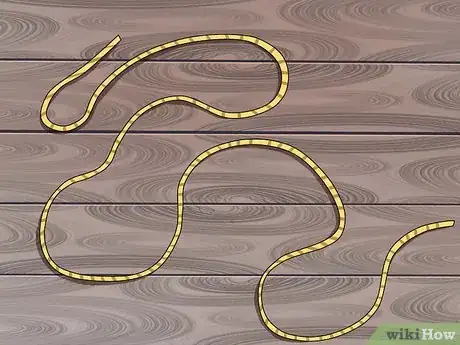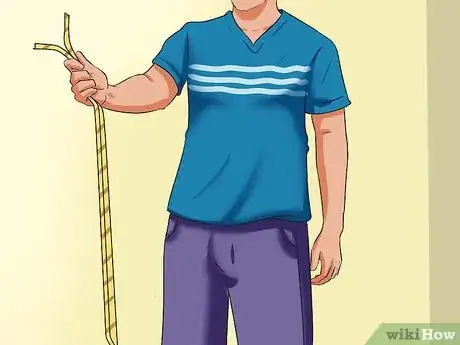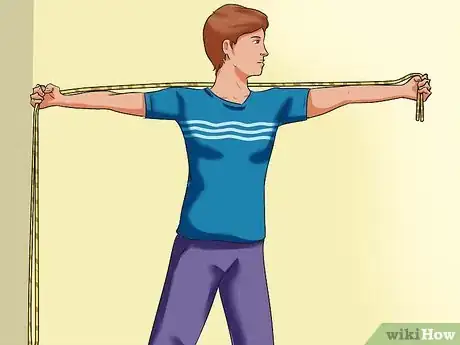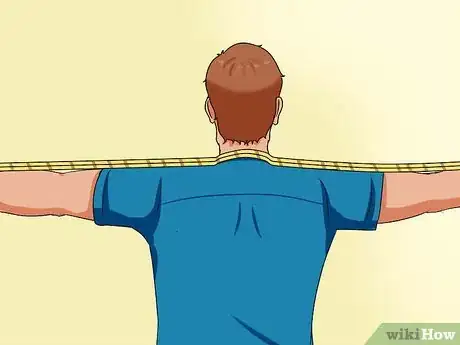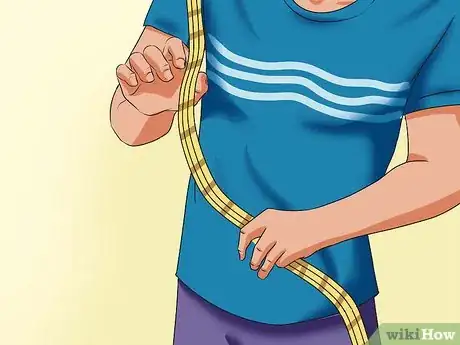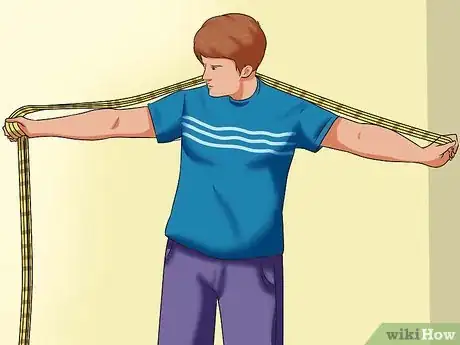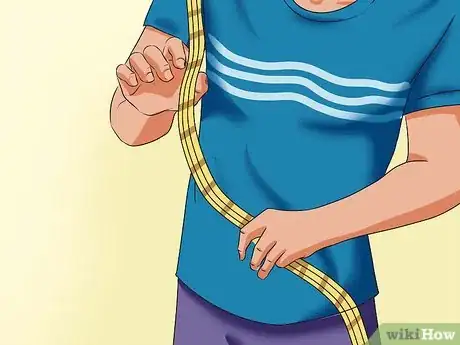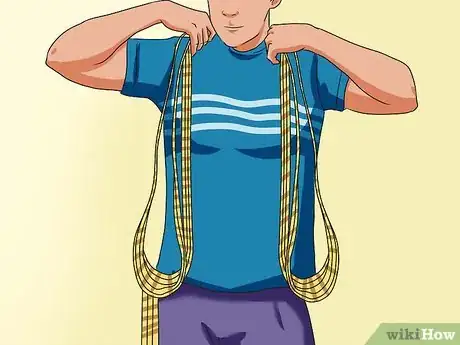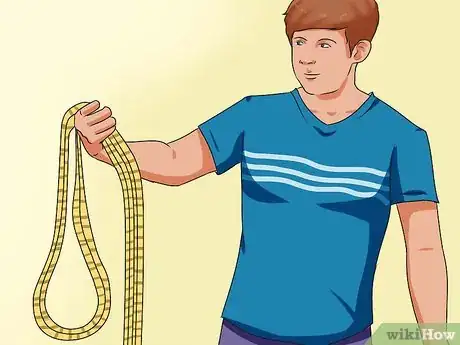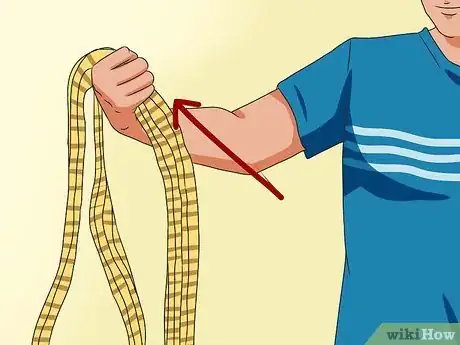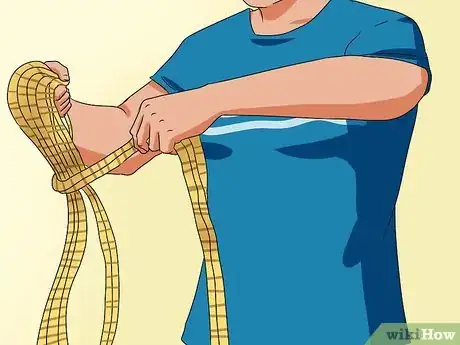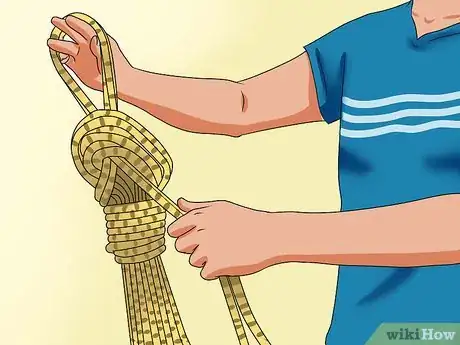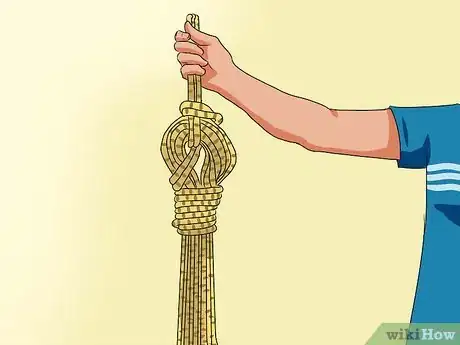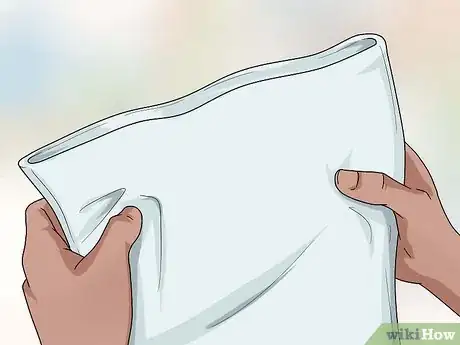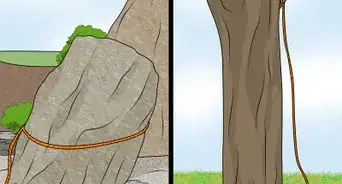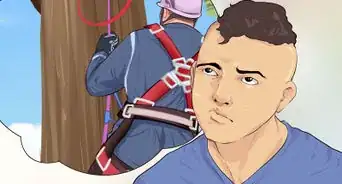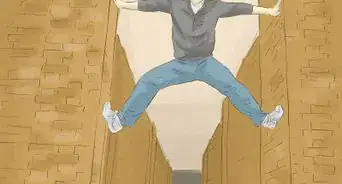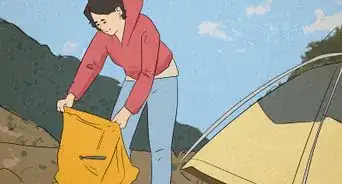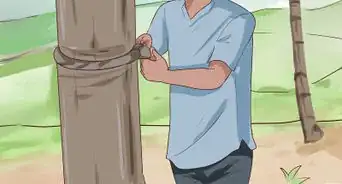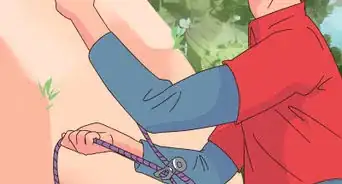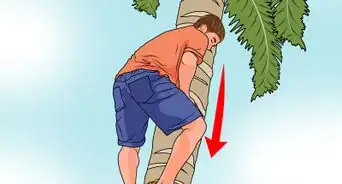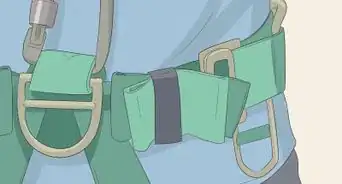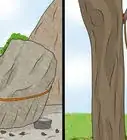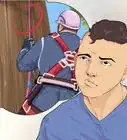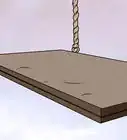X
wikiHow is a “wiki,” similar to Wikipedia, which means that many of our articles are co-written by multiple authors. To create this article, 11 people, some anonymous, worked to edit and improve it over time.
This article has been viewed 107,416 times.
Learn more...
Climbing rope is a literal lifeline. Learning how to manage climbing rope and coil it properly doesn't just make it easier to store it or take it from place to place: it makes your rope less likely to tangle, and it keeps you from stepping on the rope by mistake. You can stuff your rope into a stuff sack, you can sling it around your shoulders as a "rope pack", or you can tie it into a bundle that will pack easily into a backpack.
Steps
-
1Consider buying a rope bag or stuff sack. Many rope bags include a hole in the bottom: tie one end of the rope so that it will not pull through the hole. To pack up your rope, simply stuff the rope into the bag. Be sure to keep one end free so that you can easily find it when you're climbing; consider tying it to an outside strap of the sack.
-
2Stack the rope. That is, run it through your hands and stack it in an orderly pile so it's less likely to get tangled during the coiling process. Leave the bottom end of the rope sticking out from the bottom of the rope pile.[1]Advertisement
-
3Hold both ends of the rope together.[2] Move your hands 2 to 3 arm-lengths up the rope, letting the loose ends dangle together.
-
4Hold both strands of rope in your right hand and spread both arms out to the side. Once your arms are spread, grasp both strands of rope in your left hand, too.[3]
-
5Drape the resulting arm-length of rope across your shoulders. Hold one end of the rope in your dominant hand. Take your other hand, and run it along the length from your dominant hand, over your shoulder and behind your neck, and down your straight non-dominant arm. The rope should hang on your neck like a dirty, heavy scarf.[4]
-
6Grab the slack. Hold onto both strands of rope with your left hand as you reach across with your right hand, grasping both strands between your left hand and the stack of rope coils. Then, take the hand opposite from the slack and grab the slack, then do the same flip over your head and onto your shoulders. Continue this way until you have the entire rope going back and forth across your shoulders and arms and looping through your hands each time.[5]
- Be sure to leave at least two feet of slack. If you want to carry the coil as a "rope pack", leave five to ten feet of slack
-
7Keep your left hand in place as you spread your arms again, pulling up another arm length of climbing rope. Drape this length of rope across your shoulders, behind your neck.
-
8Hold onto both strands of rope with your right hand as you reach across with your left to pull up another arms-length of rope from the stack. Make sure you continue working with both strands at once.
-
9Continue draping each arms-length of rope across your shoulders, behind your neck, until you run out of rope.
-
10Loop the coils. When you are almost done, and you've left 6-10 feet of slack rope, grab the entire bundle behind your neck; pull it up and over so that you have all your rope in front of you.[6]
- Pull the coils off your shoulders, holding them together so you don't drop any strands of rope.
- Bring your hands together, take the two bundles of rope, and put them together in one big loop.
- You should be holding a loose coil in one hand: an upside down U shape of all your rope with loops on the ends of the U. Hold that loop in one hand (probably your dominant one) while you bring the whole bundle back over your head.
-
11Locate the middle of the bundle of coils. Hold the bundle here, so each end of the coils drapes down on either side.
-
12Collect the 2 trailing, separate ends of rope you left when you first started pulling arm-lengths of rope. Wrap both ends of the rope around the bundle you made, below where your hand grips the coils, cinching each wrap tight. You should be able to just hold the whole bundle by the slack now.
- The bottom of the coil may look a bit untidy but that doesn't matter as long as the top is tight and orderly.
-
13Feed a loop of slack through the loop in your dominant hand. Leave yourself approximately three feet of rope, and let whichever hand is holding the U-shape grab the remaining end. Let go of the bundle, and pull the end through at the same time, without letting go with the other hand. Bring the end of the rope through its own loop at the top of the bundle, creating a half hitch around the top of the bundle. Reach through the hole you left, between the "top" of the folded coil bundle and the wraps you just made. Grasp the trailing sections of rope near the bundle and pull them both partway through the hole, creating a loop.
- Feed the slack around the big loop a few times, bundling it all together so it looks like a really thick noose. Wrap it at least five times, but probably no more than ten. It is up to you how much you want to wrap, and if you need more room, unwind the end in the loop to give you more room.
- Take a loop of the slack and put it through the noose's loop; feed the rest of the slack through its own loop, crochet-stitch style.
-
14Tie the bundle shut. Slide the loop over the top of the coiled climbing rope, so this loop lies over the other wraps you just made. Then pull on the loose ends of the rope to cinch it down, effectively tying the bundle shut.
- The rope should be ready to carry. Slide it into your backpack or a stuff sack, or hanging it from your harness. Make sure that the rope is secure.
-
15Consider making a rope backpack. If you leave a longer tail of slack, you can make a pseudo-backpack with the rope ends tied back into the bundle. This may make for easier carrying if an actual backpack in unavailable, or if you want to put your climbing partner to work. Swing the whole thing onto your back and take the two pieces of slack and put one over each shoulder, then cross them across your chest. Put them under your arms and then around the back of the coil on your back, then back out around your waist. Tie a square knot to keep the coil in place.
- This is especially useful if the rope gets damp from snow. Never climb when it is raining, or has rained! Rock is more likely to break if it is wet, because it has all the extra weight from the water.
- If you have all the gear in your pack (crampons, backup rope, shoes, anchors, belay devices, carabiners, quick-draws, and trad gear) your partner can just sling the rope on his/her back, and off you go!
Advertisement
References
- ↑ https://www.youtube.com/watch?time_continue=143&v=sgOjBj3G9Xk
- ↑ http://www.trails.com/how_2980_butterfly-coil-climbing-rope.html
- ↑ https://www.youtube.com/watch?time_continue=143&v=sgOjBj3G9Xk
- ↑ https://mojagear.com/journal/2014/09/22/how-to-coil-a-climbing-rope/
- ↑ https://mojagear.com/journal/2014/09/22/how-to-coil-a-climbing-rope/
- ↑ https://www.vdiffclimbing.com/coil-rope/
- ↑ http://www.youtube.com/watch?v=yFW51YwoLZ8
About This Article
Advertisement
